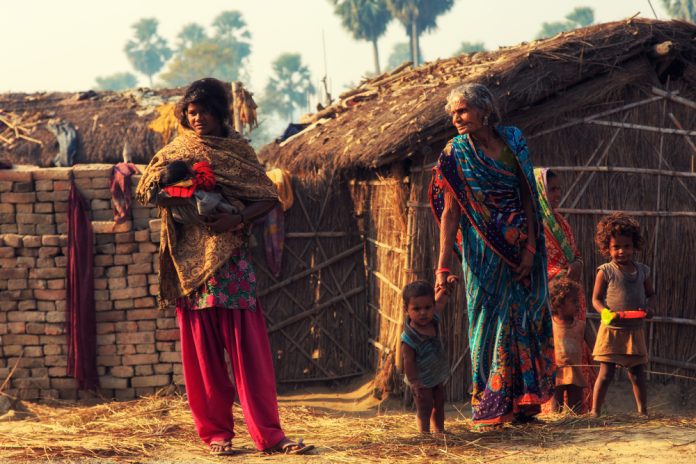- As you are aware, any society’s wealth and well-being are unevenly distributed over several layers of hierarchal standing and positioning based on class, creed, and caste. Ideally speaking, every human should be bestowed with equality and opportunities to not only leave behind a mark but also set an example worthy of emulation. Alas, the world is not ideal and the universe doesn’t work on equality alone try as you may. The law of the universe is not easily comprehendible nor conquered, especially by man-made rules/regulations, and it has a way to establish supremacy overriding whatever mortal beings attempt to erect. And what is life after all if there are no inspirational stories of achievers fighting against all odds?

PC: Freepik
- In India too we have several inspirational and emulation-worthy achievers, especially from the lower strata of society, who emerge victorious despite innumerable hurdles along the way. There are umpteen champions whose stories are truly admirable leaving us astonished by the sheer grit, determination, and never-say-die approach adopted to emerge triumphant. Take for instance the story of Minnu Mani, a 23 year-od from the Kurichiya tribe in Kerala who secured a pretty hefty contract in the Women’s Premier League cricket auction. It is both heart-warming and a reminder showcasing Minnu’s success story coming from India’s tribal communities. Sports has discovered some talent among tribals and politics has embraced a few. But data tells the real story.
- The recently released Tribal Development Report 2022 by Bharat Rural Livelihoods Foundation provides damning statistics. They are 8.6% of the population, and they fare considerably worse than others when it comes to access to sanitation, drinking water, education, and proper nutrition. The report also says that tribal communities have been pushed farther away from alluvial plains and fertile river basins over the decades, which has had a direct impact on their livelihood. Of the 257 Scheduled Tribe districts in the country, 230 or 90% are in either forested or hilly, or dry areas. And past policies like the Forest Conservation Act, of 1980, illogically pitted the imperatives of environmental protection against the needs of Adivasi communities.

PC: Freepik
- Mind you, while that approach has been modified and today Adivasis are seen as important stakeholders in forest conservation, on-ground contestations continue. Policymakers have to be sensitive here. Of course, it’s also true that there has been increasing political courting of tribal communities in recent years. From expanding ST status to new communities to the Adivasi vote becoming a sought-after electoral commodity to India getting its first tribal President in Droupadi Murmu, tribals have emerged as a serious political bloc. Thus, their genuine empowerment will lie in creating opportunities. To inspire others, we need thousands more Minnu Manis and Droupadi Murmus. Trust me, they will emerge with or without governmental support.






